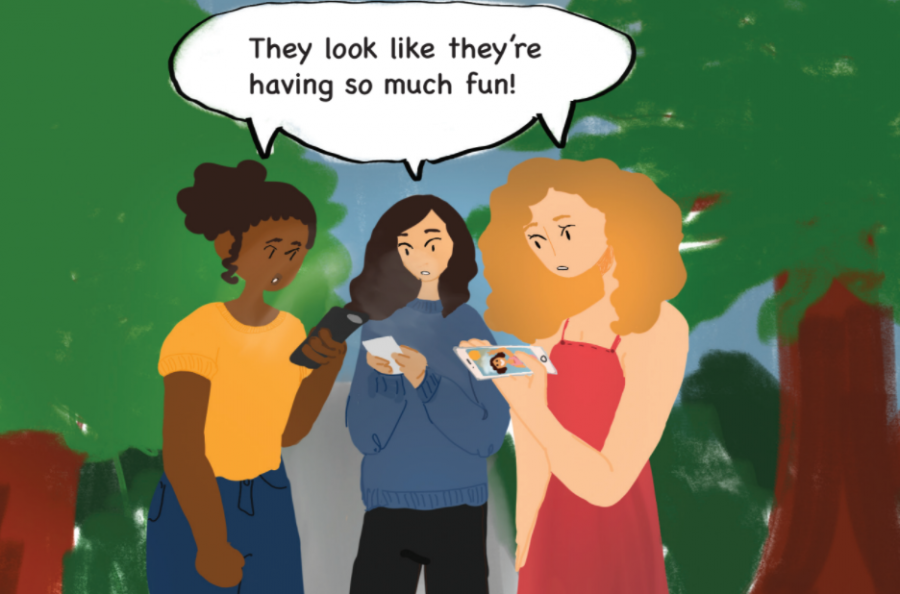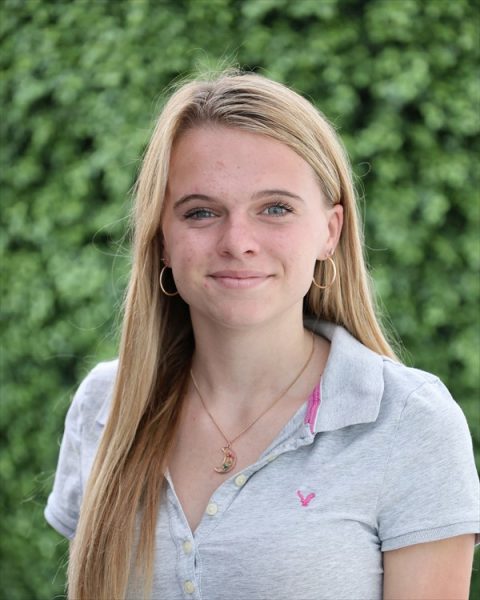Taking some time off
Social media cleanses should be a part of everyone’s routine.
May 24, 2018
Teens spend an average of 102 minutes — more than 10 percent of their waking day — on social media every day. I was no exception.
Ninety percent of teens in America use social media, and 43 percent have a desire to unplug from it, according to a study published by Common Sense Media. For three weeks, I decided to do just that.
Social media is inherently addictive. Disclosing one’s thoughts and experiences, as many do on social media, is as rewarding to the brain as eating food, according to a study published by the National Center for Biotechnology Information.
Push notifications and little red badges constantly encourage users to open their apps and share their lives with the world. I had already disabled notifications months ago to discourage me from constantly checking my social media, but it was not enough.
Before deleting all social media apps from my phone, I used an app called Moment to track my typical phone habits. I spent anywhere from 30 to 60 minutes on each of Snapchat and Instagram each day — most of it on the explore and discover pages — and around two hours on my phone a day.
Once I deleted each social media app, the fear of missing an important post or being conceived as rude for not opening a friend’s Snapchat started to set in.
Over first few days, I found myself habitually opening the folder where Instagram and Snapchat once resided and being reminded of all the things I was missing out on. I even caught myself typing instagram.com into my laptop browser a few times, and my need for stimulus transferred over to constantly refreshing my email.
On the bus and in other situations where I was bored or alone, I did not have social media to turn to. I would stare at my phone’s home screen and not know what to do. The “Home & Lock Screen” became the place where I spent the most time on my phone, according to Moment.
As the first week progressed, I no longer felt the need to capture every “Insta-” or “Snap-worthy” moment on my phone. The time I spent on my phone a day was consistently about an hour — a 50 percent decrease.
Staying up late to chat with friends, viewing stimulating content and the bright light a phone emits are the main ways social media displaces sleep in teenagers, according to a study published by the National Institute of Health.
I went to bed earlier and fell asleep quicker because I was not scrolling through Instagram like I always had done before. Instead, I picked up a book of my choice for the first time since last summer.
As the third week was coming to an end, while I did not want to return to my old habits, social media still had its advantages.
When I redownloaded Instagram and Snapchat, I realized all I missed was a few posed group photos, and way too many blurry or blank Snaps captioned “streaks.”
Social media should be tool to connect with people, not a way to waste time when bored. I will definitely be doing another social media cleanse in the future if I start to feel my old habits return. Anyone who feels similar might consider doing the same.










